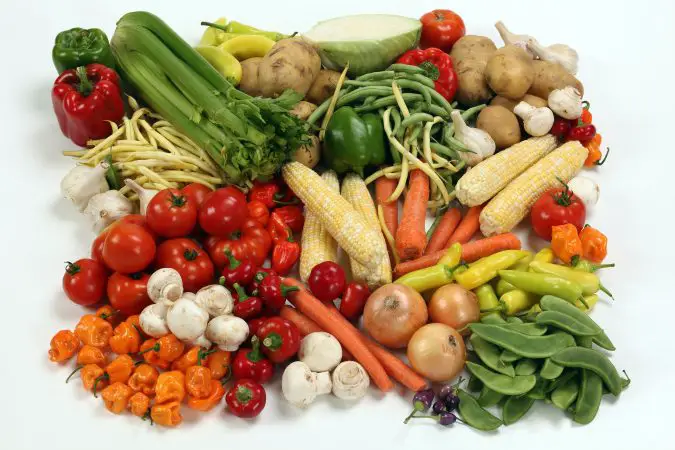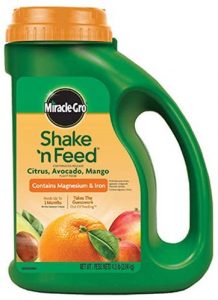One of the essential foods to eat is fruits and vegetables. Many times, fruits become part of vegetable salads, such as cucumbers, squash, tomatoes, avocados, and olives. That is because fruits are the ovary of the plant and contain seeds. Vegetables are the edible parts of plants such as the roots, leaves, or flower buds.
For instance, carrots are roots, flower buds are broccoli or cauliflower, and the leaves are self-explanatory as they are leafy greens such as chard, spinach, or romaine lettuce, for example. There are plenty of vegetables worldwide. And there are many that you have likely never heard of or tried, at the very least.
First, let’s talk about how many vegetables there are worldwide, and let’s then go over some vegetables that you likely haven’t tried or heard of at all!
Quick Summary
In this post we will talk about the different types of vegetables worldwide.
Without further ado, let’s get started
How Many Types Of Vegetables Worldwide?
According to the Food and Agriculture Organization of the United Nations, there are 1,097 types of vegetables worldwide. Many of these vegetables are unknown but are ones that the average individual forgets that are in existence.
You have vegetables grown in parts of Africa, South America, and Asia that the Western World does not know about, which is not entirely surprising. Even some people in the Eastern World are not aware of these species of vegetables either.
The vegetables you know are the ones you were familiar with since childhood, such as lettuce, carrots, turnips, and radishes. Even less known vegetables are gaining popularity in the Western World, such as Belgian endive, Napa cabbage, and kale.
However, what about those vegetables that you are not likely familiar with at all?
Let’s go over some of those types now!
If you’re interested in finding everything there is to know about vegetables, CLICK HERE.
Oca
The Oca, also known as Oxalis Tuberosa, is a yam often used in New Zealand and is an excellent potato alternative. The origination of this vegetable comes from the Andes mountains in South America.
It is effortless to cultivate and withstand cold climates, high altitudes, and barren soil. There are various types of Oca grown worldwide, and unlike a potato, you can eat this vegetable raw.
You can also fry, bake, broil, or grill Oca, and you can even make mashed Oca. Why not give this vegetable a try if you can find one in a supermarket close to you and make some Oca fries!
Sunchoke
The Jerusalem Artichoke may be familiar to you, but you may never have eaten it. The other name for this vegetable is Sunchoke, and it has nothing to do with Jerusalem. Sunchokes are native to North America, and you’ll find American farmers cultivating them.
Many people are unaware of the Sunchoke, so they will look at you with confusion if you ask them about it. People who are familiar with the plant also use it as an alternative to potatoes. Sunchoke can produce alcoholic beverages.
Brusselberry Sprouts
Brussel sprouts are a vegetable that everyone knows, and you likely have memories of your mother coaxing you to eat them for dinner when you were a child. Some people either love Brussel spouts or despise them! However, there is a much sweeter version of this vegetable, known to be Brusselberry sprouts.
Brusselberry sprouts have a reddish tinge to them as they are green like Brussel sprouts. They also have a sweeter and milder flavor, so many people who don’t like Brussel sprouts are more receptive to this vegetable. They are a perfect vegetable side for Thanksgiving or Christmas dinner.
Romanesco
The romanesco is a fascinating-looking vegetable as it features a spiraling pattern and has plenty of buds. There are different sizes of this vegetable. It comes from Italy; it comes from the same plant family as cabbage, Brussel sprouts, cauliflower, and broccoli.
It has more of a nut-like, earthy, and somewhat sweet flavor. You can prepare it the same way as cauliflower or broccoli if you would like. What you can always do is look for recipes that feature broccoli and replace it with romanesco. That will give you a good idea of how different the flavor of the vegetable is from broccoli.
Celeriac
Celeriac is the stump-rooted celery, knob celery, or another name for it is the turnip-rooted celery. It features large roots, stems, and leaves and comes from the Mediterranean Basin. Its ancestor is the much smaller wild celery. The taste of celeriac is a mixture of parsley, nuts, and celery.
You can cook, roast, stew, mash, or blanch celeriac. You can also eat it raw if that is what you prefer to do. Therefore, you can find plenty of soup and stew recipes that include this vegetable or celery. You can always replace celery with celeriac so you can differentiate the taste.
Jicama
The Jicama is known as the Mexican potato or the Yam Bean, and it is a legume that grows on vines. It comes from Mexico and grows mainly in Central America, Southern Asia, the Andes mountains, and the Caribbean.
It is a lot like turnip, but it has a similar taste to the apple. You have to remove the skin before cooking it or eating it raw. There are plenty of ways to cook Jimica, and you can eat it raw the same way you would eat an apple. You can chop it up and add it to salads too.
Find out Italian Vegetable List
Check out the best fertilizer for citrus trees.
Conclusion
 You know about plenty of vegetables for vegetables, including cabbage, carrots, turnips, celery, and spinach. However, there are plenty of vegetables worldwide that you likely don’t know exists. There are 1,097 known vegetable species worldwide’, and there are probably more than that that botanists have yet to discover.
You know about plenty of vegetables for vegetables, including cabbage, carrots, turnips, celery, and spinach. However, there are plenty of vegetables worldwide that you likely don’t know exists. There are 1,097 known vegetable species worldwide’, and there are probably more than that that botanists have yet to discover.
Why not try out some of the vegetables that you likely do not know much about listed above.
You can try them in recipes, and you can try eating them raw, and you can cook them in any way you prefer. You will find that some unfamiliar vegetables have a similar flavor to those you know and eat regularly. You may even like some of these vegetables and include them in your weekly dishes.
Have you heard about these vegetables? Let us know in the comments below. Check out our website for more content like this.







